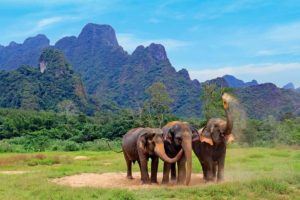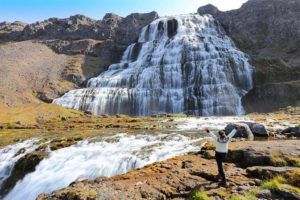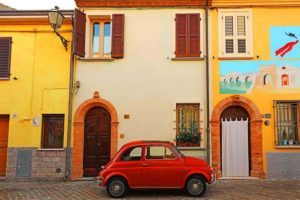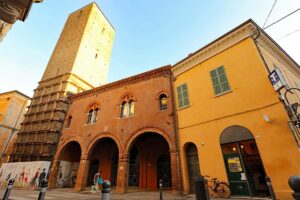11 Tips & Tricks for Visiting Manuel Antonio National Park in Costa Rica

Manuel Antonio National Park is the most visited nature reserve in Costa Rica. This tiny national park is home to lush rainforests, pristine beaches, and an incredible variety of exotic wildlife. Plus, it’s very easy to get to and explore. All this makes Manuel Antonio a tourist hotspot.
However, as you can imagine, visiting any popular destination nowadays comes with its challenges and requires some advance planning and preparation (or you may not even be able to enter at all!).
We recently visited Costa Rica and heard very mixed reviews of Manuel Antonio. Some people even compared it to Disneyland, because of how busy it is… But don’t let this put you off!
We had an amazing experience here, without the crowds and with tons of wildlife, and this park became one of our favorite spots in Costa Rica. I am sure that you can have the same great experience as us – if you travel well prepared.
In this guide, we share our experience-based tips and insights to help you plan your visit to Manuel Antonio National Park and ensure it’s nothing short of extraordinary. Find out!
MY TOP TIP: Book a tour with a local guide, or you’ll miss most of the animals! There are many great tours to choose from, some also including transfers from nearby hotels. We did this private tour and it was worth every cent!
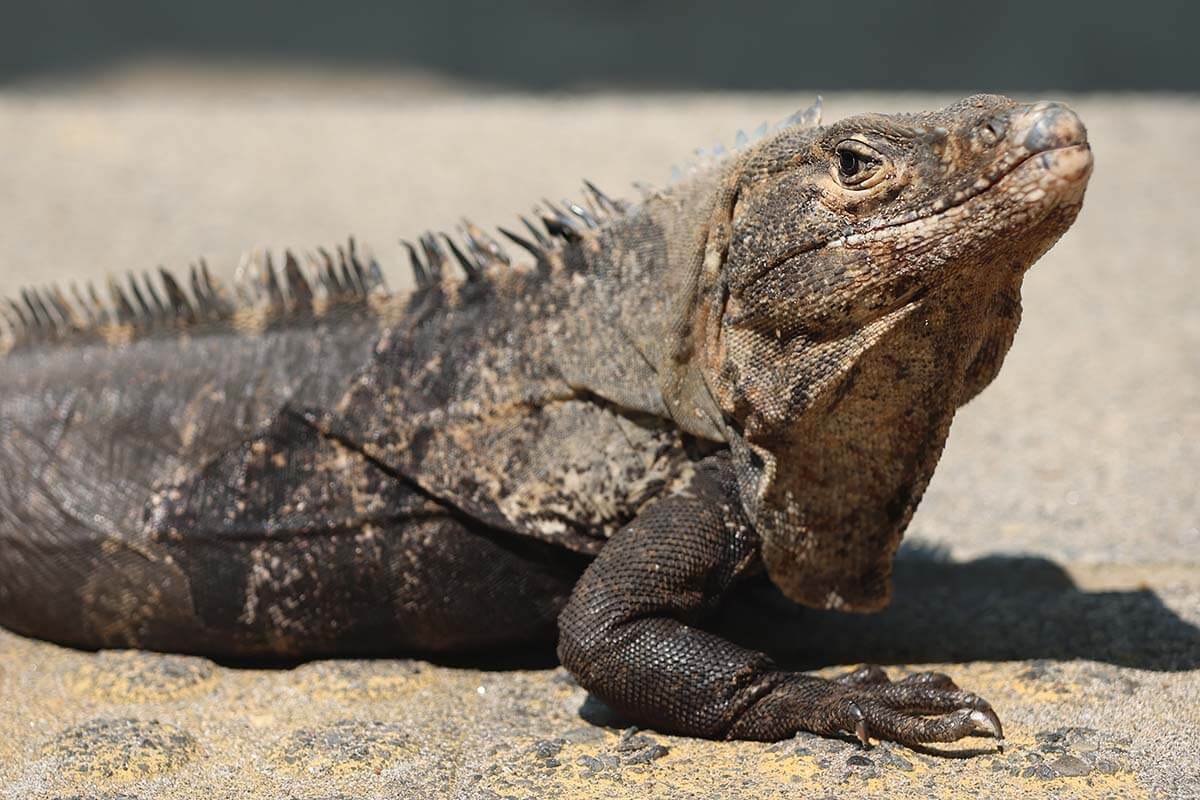
Here are our top tips for visiting Manuel Antonio National Park:
1. Book in advance
Let’s start with the most important tip first – you really should book your tickets to Manuel Antonio National Park in advance. The park limits the number of visitors and works with timed-entry slots. So without reservations, you may not be able to visit at all.
In addition, you may want to know that Manuel Antonio National Park is closed on Tuesdays. Booking in advance, you will see this (or if there are any other unexpected closures planned) and will be able to adjust your trip itinerary accordingly.
How long in advance to book really depends on the season when you travel. During the rainiest months (September – October), you should be able to get tickets pretty much last minute. Whereas in the peak season (for example, the week before Easter or around Christmas – New Year), tickets are often sold out even several weeks upfront.
Our experience: We recently visited Manuel Antonio in April, a week after Easter. We booked tickets a few months in advance. Afterward, they got completely sold out for weeks in a row and I read reviews online where people were complaining about not being able to visit.
We heard from locals that someone was reselling tickets at x5 the price at that time (and I wonder how they did it with tickets that are issued on name/passport number).
Luckily, it’s not always this busy. When I checked the official website for availability two weeks later, there were plenty of tickets available for the day itself. So it does depend on when you travel. Still, if you know your travel dates and you know you’ll want to visit the park, I would make reservations asap.
Good to know: You can book tickets for this and other national parks in Costa Rica via the official website, SINAC. The first time, you will have to create an account, but after that, it’s pretty straightforward. Just note that all tickets have to be booked for a specific person and you have to provide their passport number as well.

2. Visit early in the morning
This is just as important as booking in advance – choose the earliest available time slot and visit Manuel Antonio National Park in the morning.
Not only there will be no crowds, but animals are usually more active and it’s easier to see them without hundreds of people around.
Our experience: We booked the first time slot – at 7 am, and the park was very quiet during the first 2 hours. Our local guide said that it would get quite busy from 8.30-9 am. And indeed, we could witness this ourselves when we were leaving the park around 10 am. There were big groups of people blocking the boardwalks and all queuing around the same spotting scope to see the same animals…
Witnessing this circus, I understood why some people are disappointed with their visit to Manuel Antonio. It’s a totally incomparable experience when you have the park almost all to yourselves or have to ‘share’ it with hundreds of others. Not even to mention that you will see fewer animals since it simply gets too busy and too loud…
TIP: If you can’t visit early in the morning, you may want to book a time slot late in the afternoon. That way, you will also avoid the biggest groups. That said, in the peak rain season in early fall, it often rains hard in the afternoon and the park website also recommends visiting in the morning during the months of September and October.
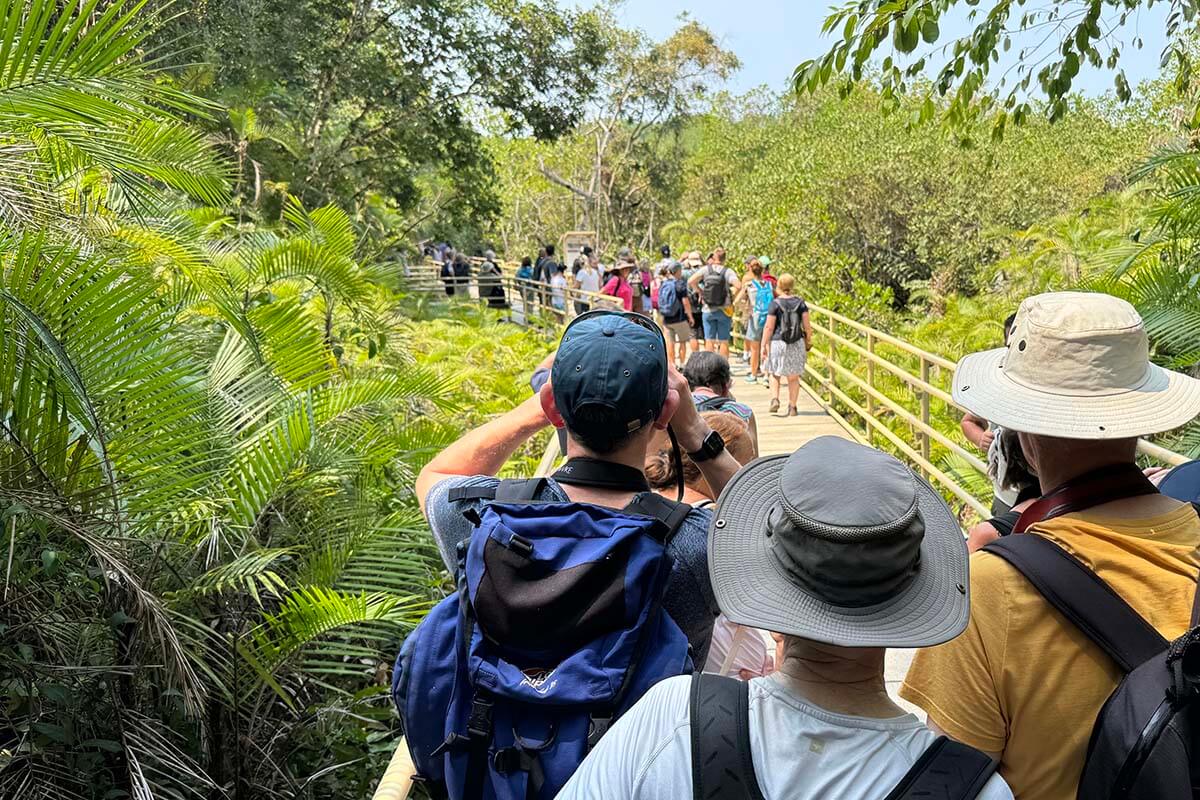
3. Go with a local guide
Before our trip, we read everywhere the recommendation to visit Manuel Antonio with a guide. After some hesitation, we decided to book a private tour. It was the best decision!
Before we even entered the park, the guide gave us some really useful info and spotted a group of colorful toucans which we would have never seen without him. Exploring further, he pointed out so many animals – some high in the trees, but many others literally a few feet away from us – which we hadn’t noticed at all!
I can confidently say that we would have missed about 90% of wildlife without our guide. Yes, you can see capuchin monkeys and iguanas quite easily, and maybe even a sloth or two (although they can be really hard to find!). But you will miss tons of birds, lizards, and countless other animals!
Plus, you would never learn stories about the ‘Jesus Christ Lizard’, ‘Mafia monkeys’, or the ‘Michael Jackson Bird’, to mention just a few :).
Good to know: You will need the official park tickets even if you book a guide!!! (See #1 above). I recommend booking the two at about the same time, to make sure that you can find the same time slots for both.
Most guided tours are bookable online – you can see an overview of all the best options in one place on Viator and GetYourGuide. In addition, you can often find guides offering their services just before the park entrance (but we only saw them during the day and none at 7-8 am).
We highly recommend booking online! This allows you to read reviews, compare prices, and know exactly what you’re paying for. I’ve seen so many complaints from people who booked a guide near the park entrance, only to realize later that the guide didn’t even take them inside the actual national park!
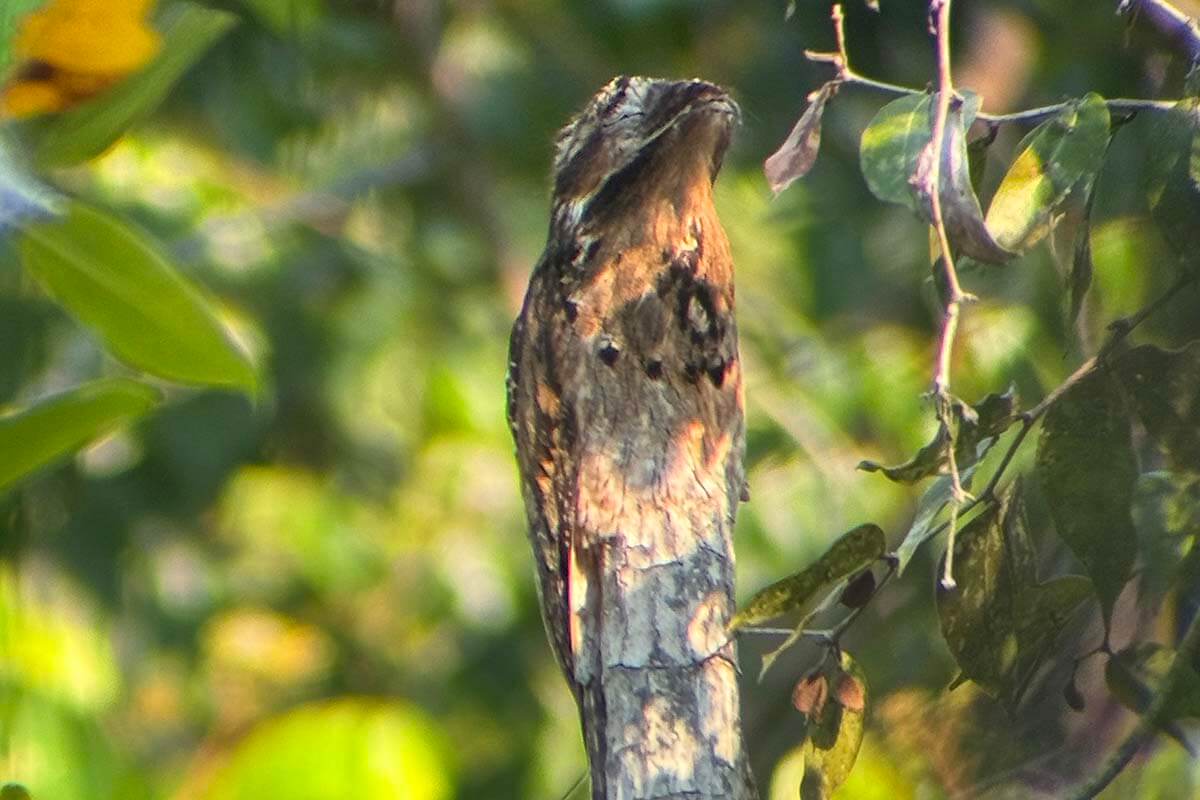
4. Book a private tour
While there are plenty of group tours, see if you can find a private tour instead, just for your family/group of friends. Or make sure that it’s a small-group tour that limits the number of people to 8-10 persons maximum.
Otherwise, you will have difficulties hearing the guide and will have to queue at the viewing scope every time they find some animals further away. Believe me, you don’t want to share a viewing scope with 20 others!
Our experience: Just out of curiosity, I contacted a few guides directly thinking that I could get a better price for a private tour for our family of 5 that way. But every single price quote I got was way more expensive than the prices I saw online – it just makes no sense… In the end, we booked this private guided tour via GetYourGuide. It was amazing value and was even cheaper than some of the group tours I checked.
Our guide was great and made our visit so much more special not just by finding all those animals for us, but also telling stories and making it engaging for everyone including kids. I highly recommend going with a local guide and a small group!
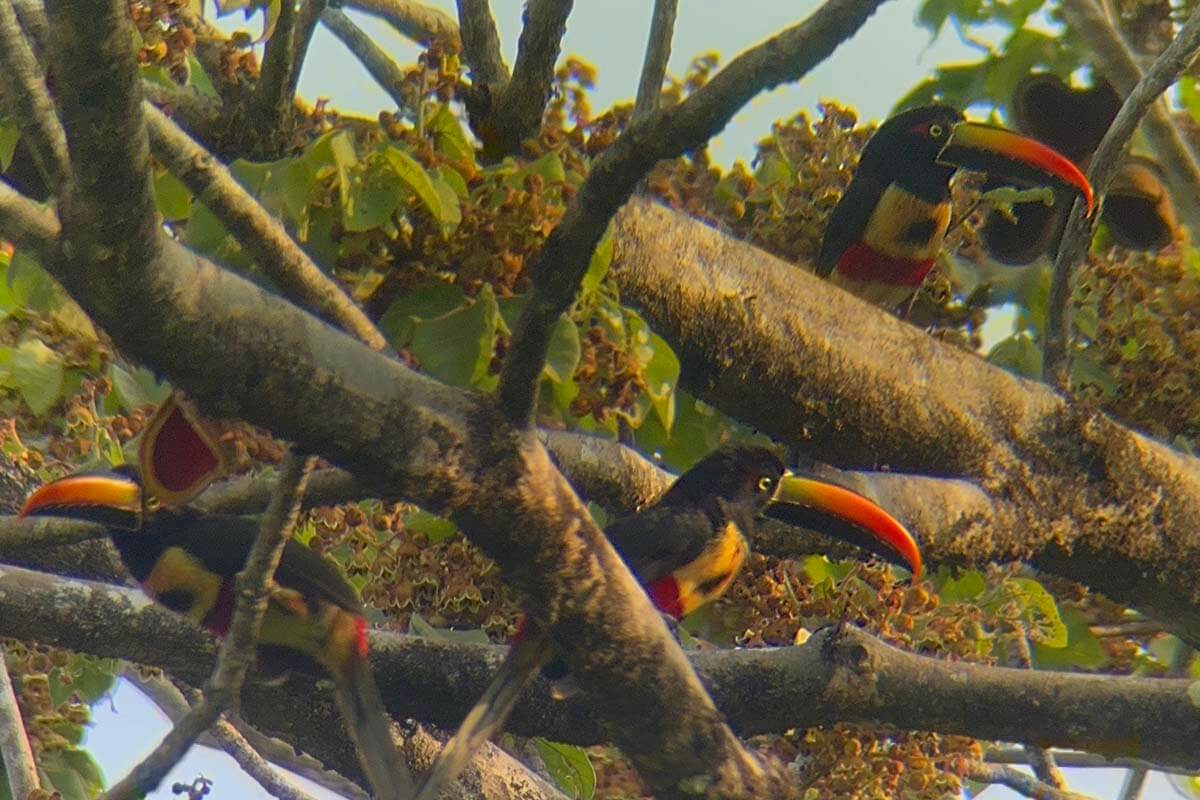
5. Drive to the park entrance (or don’t come by car at all)
If you are visiting Manuel Antonio National Park by car, you may want to know that the park doesn’t have its own designated car parking. There are plenty of private places where you can leave your car for a fee. However, the ones that are located near the entrance tend to fill up quickly (one more reason to arrive early!).
Also, when driving toward the park, you will see people standing on the roads, trying to get you to stop and show where to park. Ignore them and just drive by, even if they look quite official in their fluorescent vests or brown shirts that resemble a park rangers’ uniform. Otherwise, you risk parking a mile from the park entrance and overpaying for it too.
If they insist, just tell them that you are meeting your guide further (e.g. El Chante Restaurant) or that you are staying at one of the hotels located just next to the park entrance.
Good to know: One of the best places to park your car close to the entrance at Manuel Antonio National Park is Chalo Parking. If it’s full, ask them where to park nearby. Oh, and bring some cash to pay for parking (at the moment, around 5000 Costa Rican colons or 10 USD, but this might depend on the parking area too).
TIP: Avoid booking any guided tours with random people along the road or at the parking lots. Very often, they will charge you way too much. Plus, if you don’t have park tickets, it’s very unlikely that they will be able to take you inside the national park. I read about people being tricked into paying lots of money thinking that these guides would bring them to Manuel Antonio, but they just did a ‘tour’ at the outskirts.
PRO TIP: If you want to avoid the hassle with parking and unsolicited guides, etc. simply book a guided tour that includes transfers. Alternatively, take a taxi/Uber. Of course, you can also stay at one of the hotels close to the park entrance (e.g. Hotel San Bada or La Posada Jungle Hotel) and simply walk.

6. Only bring what you really need
Manuel Antonio National Park has some of the strictest rules in Costa Rica for what you can or cannot bring with you inside the park. We recommend taking only what you really need.
Here are some of the things that are NOT ALLOWED inside the park: non-reusable plastic (plastic water bottles, plastic bags, etc.), food, drinks (except water), cigarettes, vapes, etc. Beach toys and camping equipment are not allowed either. And you cannot fly drones inside the park.
What should you bring? Make sure to carry plenty of drinking water (in reusable bottles), sun protection and/or a rain jacket (in the rainy season). You may also want to take your swimwear and a light travel towel if you are planning to spend some time at the beach inside the park. Be sure to also bring your camera (with the best telezoom lens you have) and/or binoculars.
You should also carry a copy of your passport – it can also be a digital copy on your phone. It’s best to leave original documents in a safe place at your accommodation.
Good to know: You can’t use insect repellent spray inside the park, but mosquito repellent wipes, patches, bracelets, and similar are allowed. Also, there are bathrooms and changing facilities close to the two main beaches.
If you are wondering what to wear, shorts and T-shirts are ok, although all local guides wear long pants and long-sleeved shirts. Closed shoes are advisable, but you can also wear sandals. I wouldn’t recommend flip flops. Don’t forget a sun hat!
READ ALSO: What to Wear & What to Pack For Costa Rica (+ What NOT to Bring)
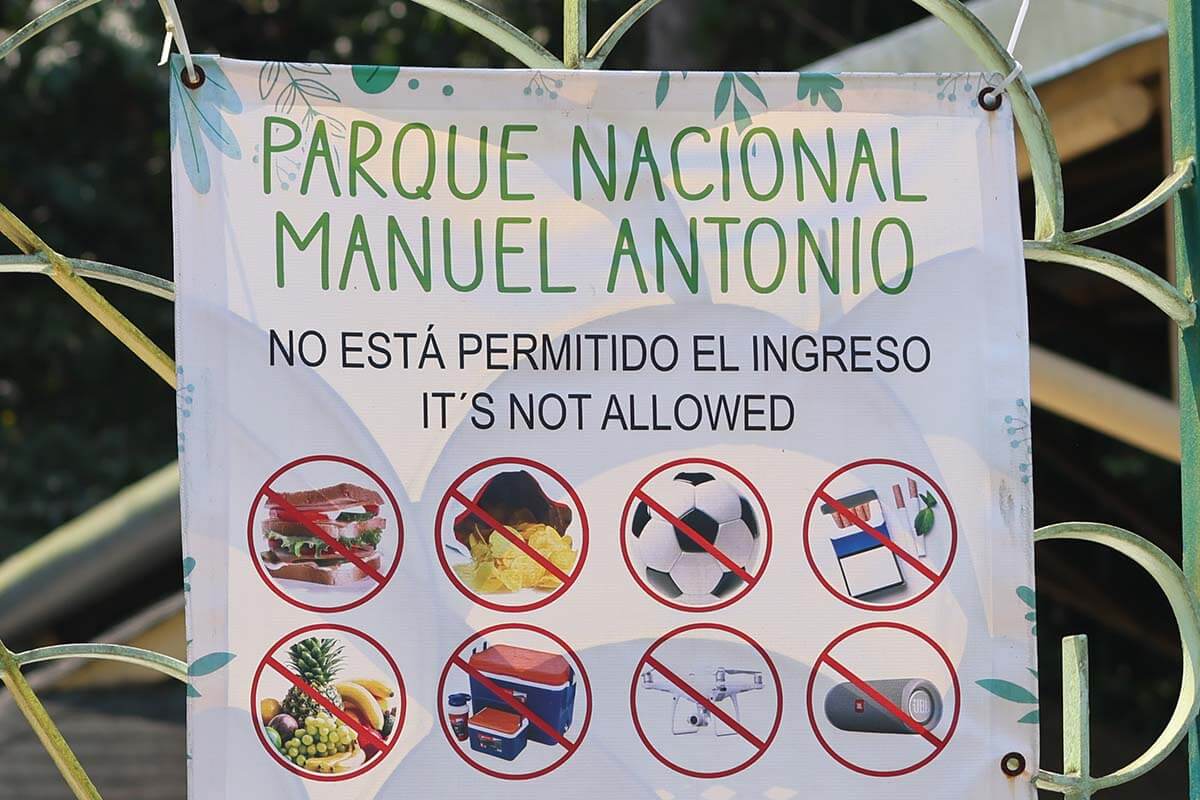
7. Be careful around mafia monkeys
Manuel Antonio NP is home to white-faced capuchin monkeys which are known as ‘mafia monkeys’. They could steal food, sunglasses, or even backpacks. And they can be quite aggressive.
In the past, capuchin monkeys used to steal food from tourists. Our guide told us stories about monkeys sending their little ones to the restaurant area. People found them so cute that they would leave everything behind, grab their cameras, and go take pictures. In the meantime, the bigger monkeys would steal all the food.
Capuchin monkeys are one of the reasons why it’s no longer allowed to bring any food inside the park. It’s also why the café close to the beach is completely caged.
Our guide was joking that this is a human cage where animals come to look at people. But this is the only safe place where you can consume food inside the park (and only the food you bought there). Because the moment you take something with you (even if closed and hidden inside your backpack), you could get acquainted with the monkey mafia. And they can be ruthless. So be careful.
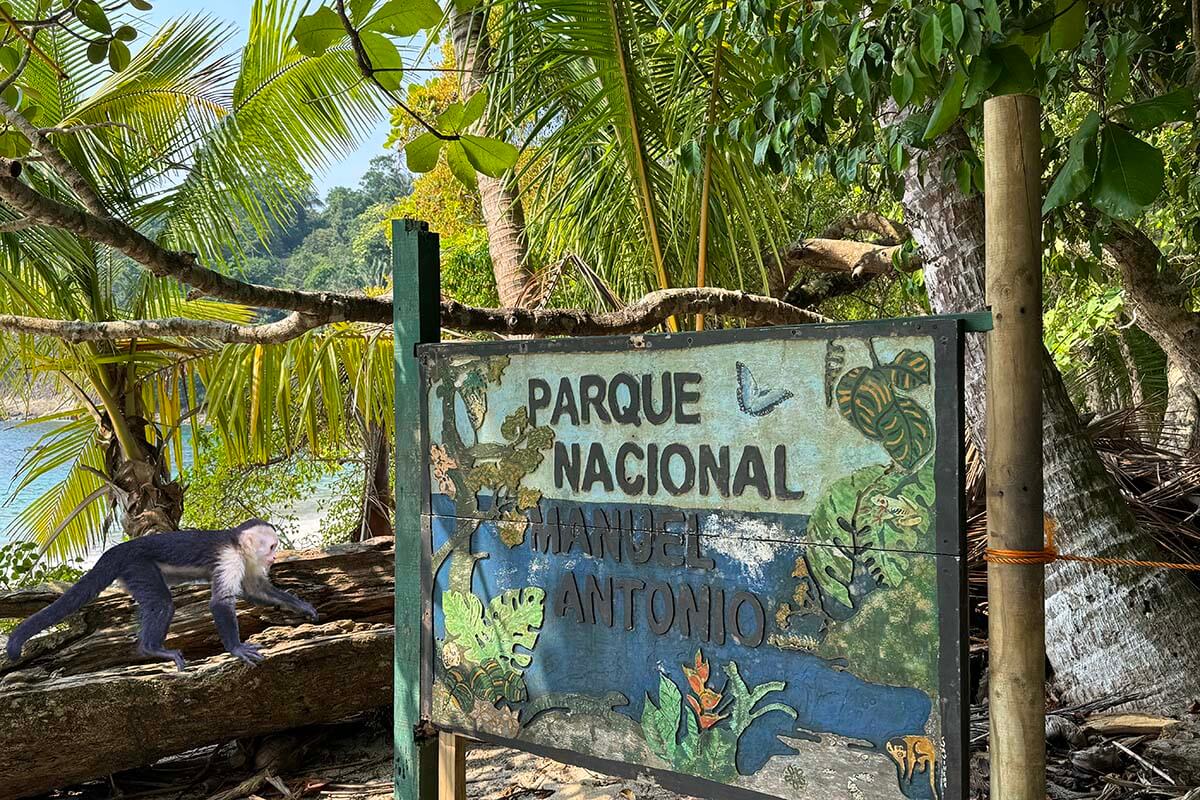
8. Don’t interact with animals
One of the most important things to remember when visiting a wildlife sanctuary is that you should not interact with animals in any way! This is for their safety as well as yours.
Be sure to always keep an appropriate distance from wildlife. Don’t touch or feed animals and don’t give them any reason to charge at you.
Remember that even the cutest looking animal can become dangerous when it feels threatened. Sometimes they may also have youngsters nearby and be extra protective and aggressive without you even realizing why.
We encountered some very aggressive capuchin monkeys on one of the boardwalks when walking toward the exit of the park. I don’t really know why they felt threatened; maybe they had little ones nearby or maybe something happened with other visitors before we arrived there (it was already quite busy on boardwalks at that time). But the monkeys looked really stressed and were showing their teeth clearly telling everyone to stay away.
We kept a safe distance and quickly walked by. But the boardwalks are rather narrow and I can tell you, I didn’t feel at ease. I took some pictures of them with my telelens afterward, but only once we were far away and felt safe to stop and take a better look.
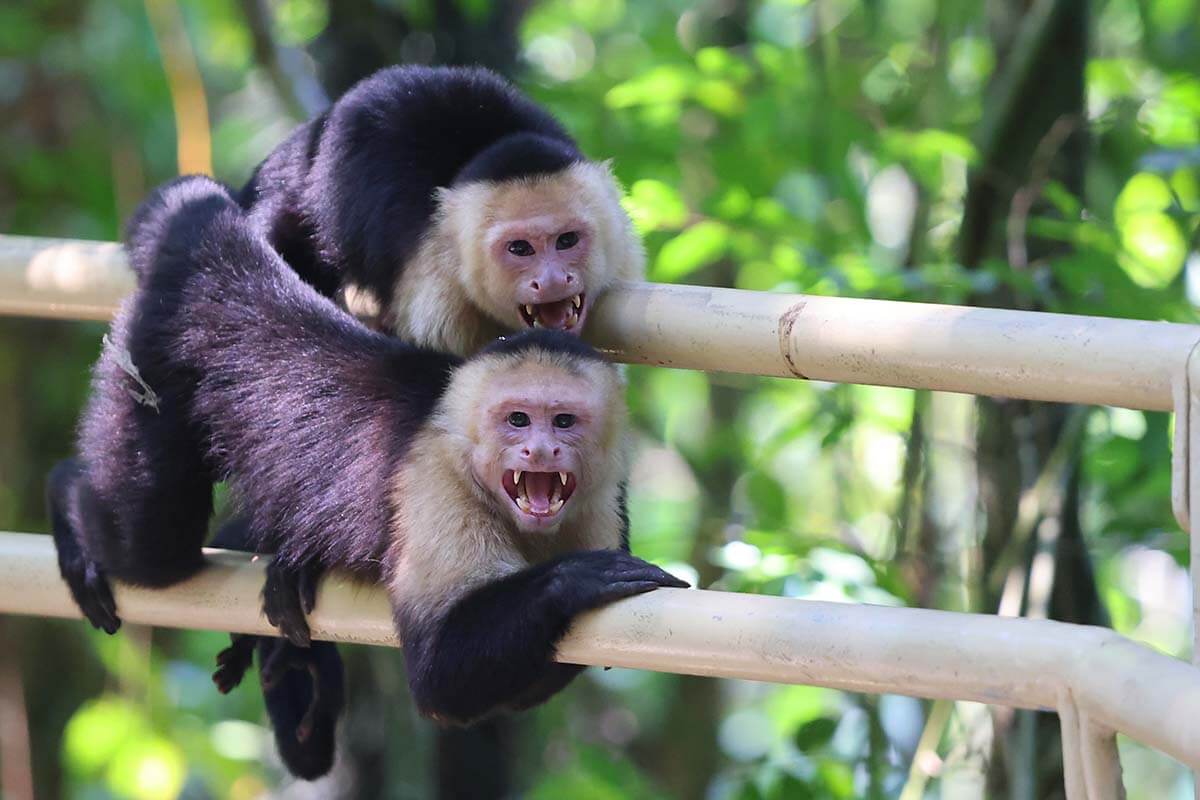
9. Swim at Manuel Antonio Beach
The beaches at Manuel Antonio National Park look paradise-like and it’s very tempting to jump in and cool off after all the walking and wildlife spotting.
And indeed, you can swim inside the national park if you like. But you may want to know that it’s better to swim at Manuel Antonio Beach and not at South Espadilla Beach.
Manuel Antonio Beach is the smaller of the two and is located closer to the park café. It is much calmer and safer than the bigger beach where the sea is rougher and there is more risk for rip currents. You can go swimming here too, but it’s best to stay on the far left side of the beach (when looking toward the sea).
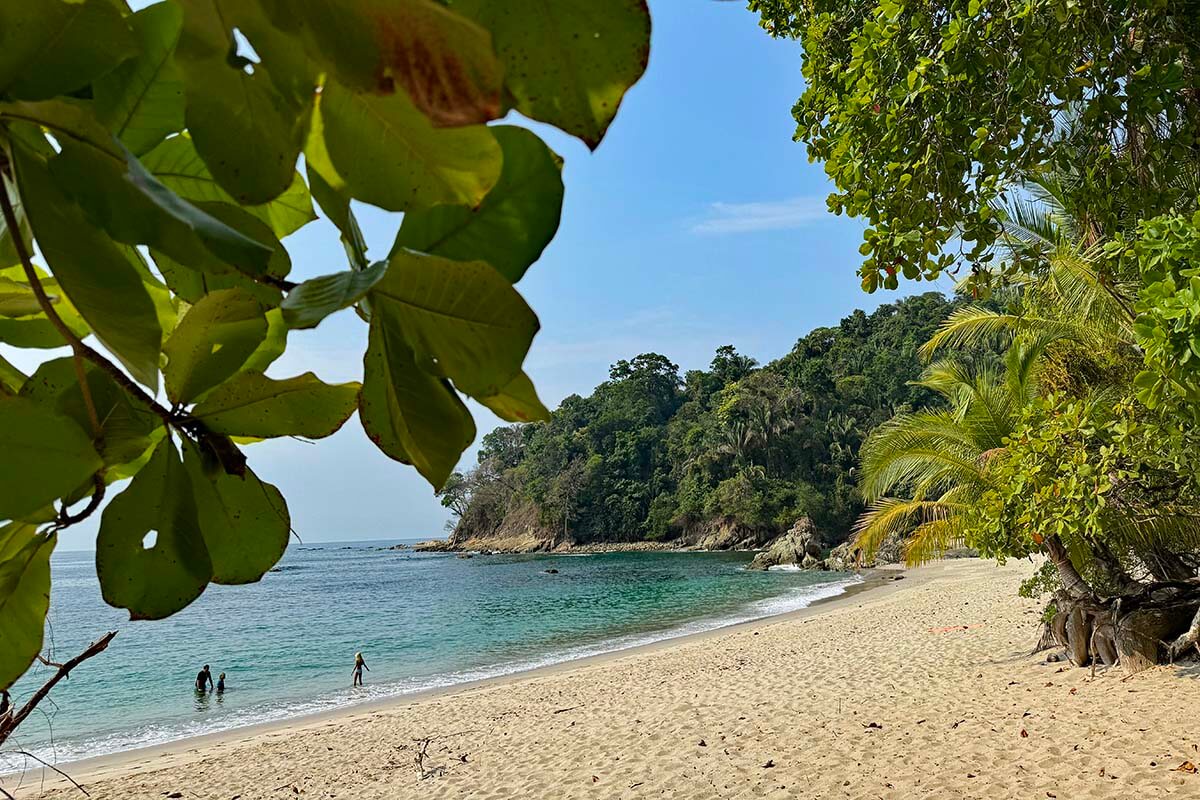
10. Avoid sitting under killer trees
Manuel Antonio National Park is home to the Manzanillo tree (Manchineel tree), which is sometimes also called a ‘killer tree’.
These trees are toxic and can cause inflammation, blistering, or even burns. You can get a severe allergic reaction just by sitting under them. You definitely don’t want to touch the tree or its little ‘apples’!
Manzanillo trees grow on sandy beaches and the longer beach at Manuel Antonio is full of them. So be careful where you sit, especially if looking for a nice shady place to hide from the sun!
You can recognize these trees by their small leaves and green fruit. There are informational signs at the beach explaining the dangers, but we only saw these signs when leaving the park. Luckily, our guide warned us about the tree before leaving us to relax at the beach at the end of our tour.
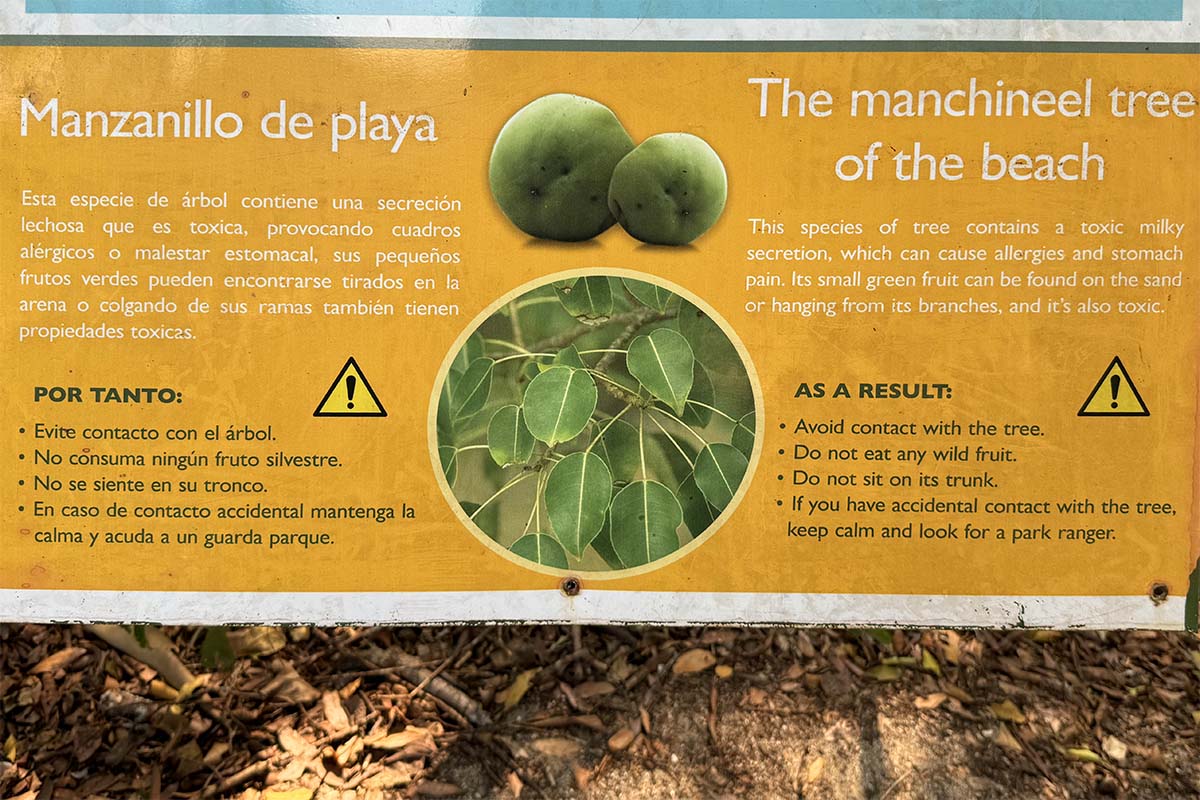
11. Want to see nocturnal animals? Book a night tour!
Costa Rica’s biodiversity is incredible with an remarkable variety of nocturnal animals as well. So we highly recommend booking a night tour as well. It’s your chance to see all kinds of species that remain unseen during the day.
On the night tours in the area around Manuel Antonio, you can expect to see all kinds of spiders, insects, bats, various frogs, snakes, and maybe even an owl or some nocturnal mammals.
Just to be clear – there are no tours inside Manuel Antonio National Park after dark. But there is plenty of amazing nature in the area where you can see nocturnal wildlife. Night tours usually visit private nature reserves, e.g. Rainmaker Park.
Good to know: Night tours usually take about 2-2.5 hours and sometimes also include dinner. You can find a selection of highly-rated night tours here.
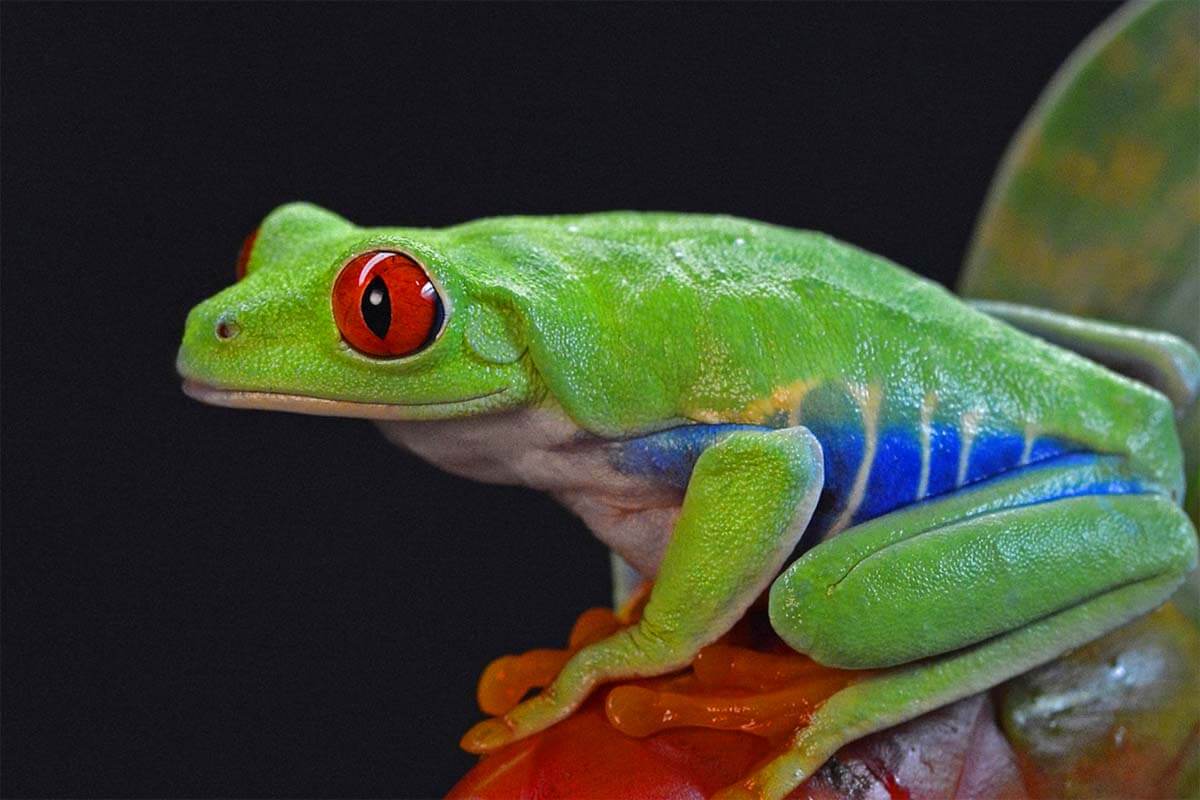
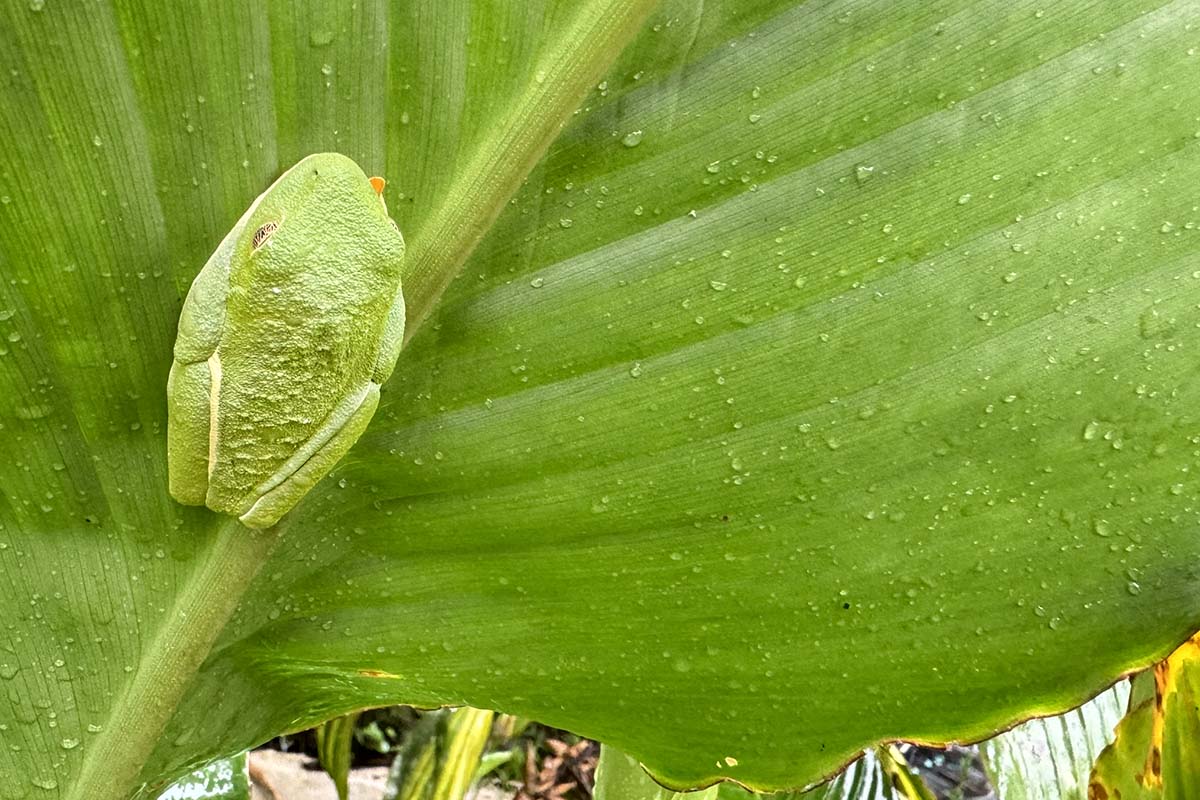
So these are our tips and insights for visiting Manuel Antonio National Park. As you can see, there are quite a few things to know before you go that can make your experience so much more special.
I hope that this guide gives you a better idea of what to expect and helps you make the most out of your visit.
Once more, if you can, try to go early in the morning! It’s the best way to experience this beautiful place without the crowds.
Have a great trip!
Costa Rica travel inspiration & destination guides:
- Costa Rica Bucket List
- Top Things to Do in La Fortuna
- Top Things to Do in Monteverde
- Costa Rica Itinerary for 2 Weeks
If you found this post helpful, don’t forget to bookmark it and share it with your friends. Are you on Pinterest? Pin these images!

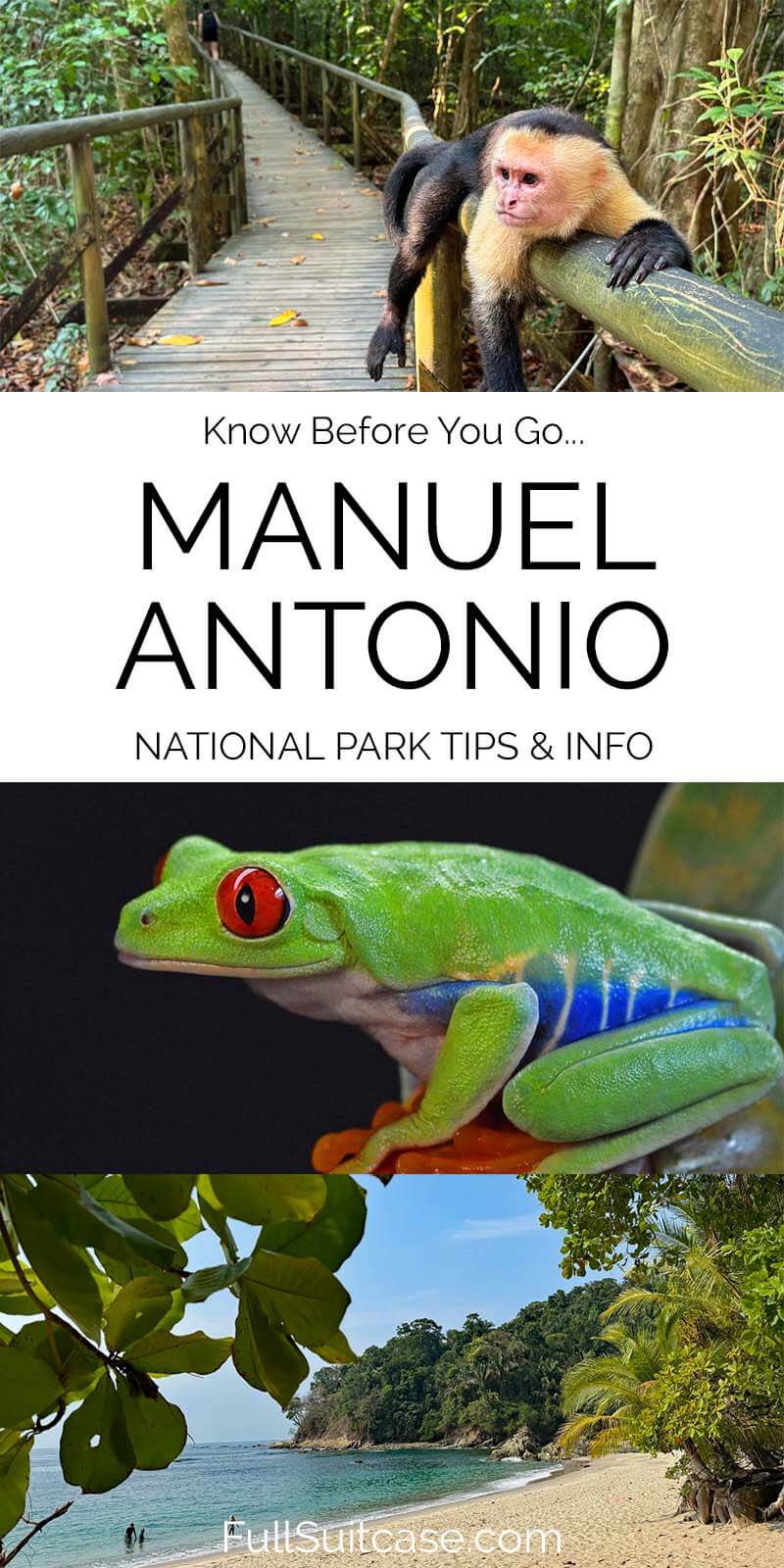
This site contains affiliate links, which means that we may earn a small commission, at no cost to you, for qualifying purchases. More info: Disclosure.




